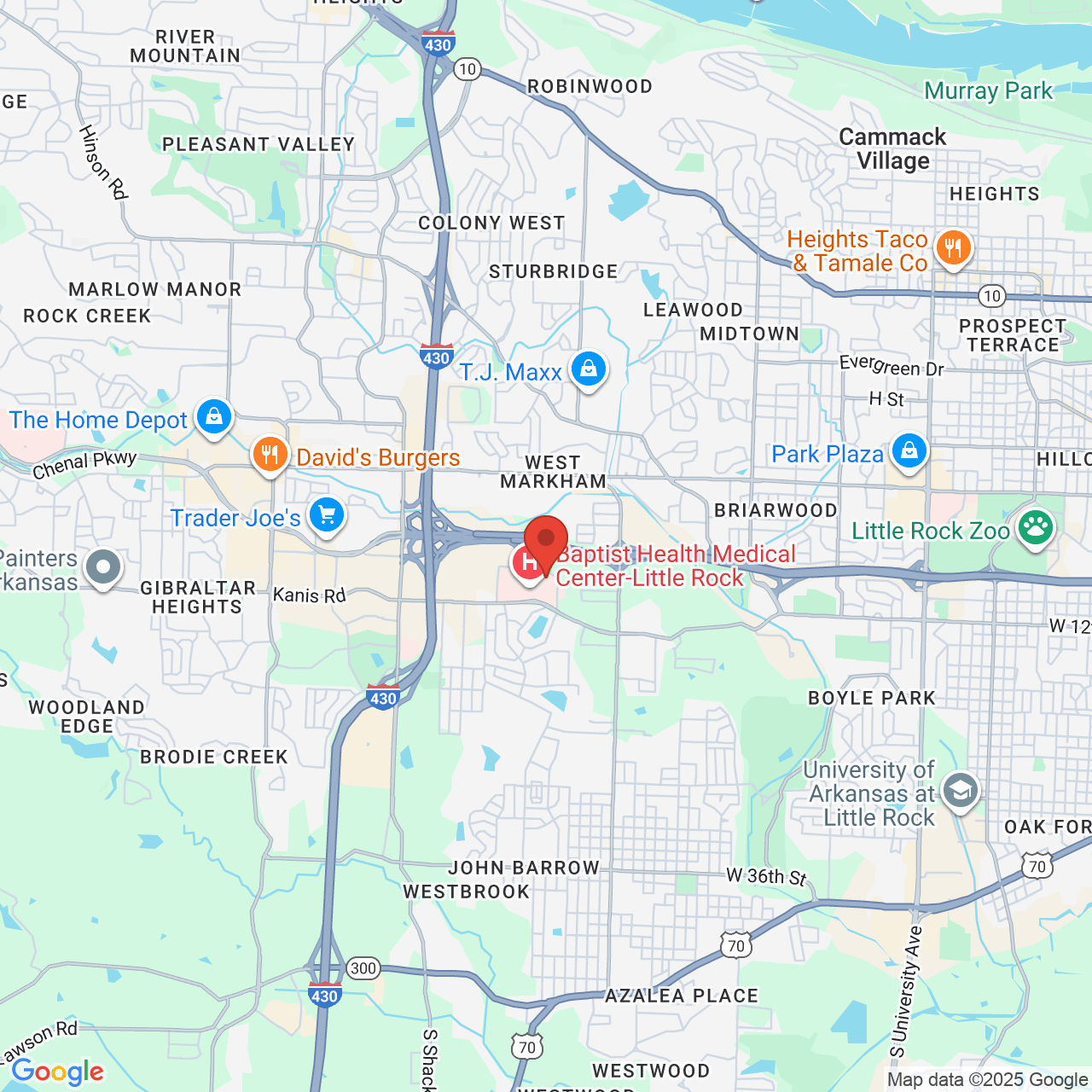BROW LIFT
A brow lift, or forehead lift, surgery, moves the eyebrows and adjacent structures back to their normal position, which is near or above your brow bone. A forehead lift may also smooth deep furrows or frown lines in the forehead area in addition to eliminating drooping skin right above the eyes. Following a forehead lift, your eyes may appear more open and uplifted, much like they did when you were younger.
Drooping eyebrows are one of the first noticeable signs of aging. However, the issue is not often addressed because a good number of our patients simply do not know how much improvement they could notice after having brow lift surgery. Sagging eyebrows can result in eyelid skin that touches the lashes or even partially covers the eye. When this happens, it can appear as though the eyes are actually becoming smaller or are set more deeply than in the past.



Brow lift surgery decreases hooding and the deeper “crow’s feet” that appear around the outer corners of the eye. However, it does not reduce lines or wrinkles surrounding the eyes, nor does it address the problem of excess skin or fat that may accumulate in the eyelids as a person gets older. When performing cosmetic procedures, Dr. English may recommend combining forehead lift, brow lift, or endoscopic forehead lift along with an upper or lower eyelid lift, facelift, or botulinum toxin (Botox®) injections.

During your initial brow/forehead lift consultation, Dr. English analyzes the eyes, brows, forehead and hairline to determine the placement of the incisions. In forehead lift surgery, incisions are usually placed behind the hairline of the scalp or at the hairline where the forehead and scalp meet. Placement depends upon the height of the patient’s hairline. In order to achieve a natural result, it is critical to avoid appreciably altering the hair pattern. Dr. English makes brow lift incisions inside the hairline, and will only place them in the forehead or brow area only in extreme cases. In any instance, he will do his best to ensure that any incisions he does make are hidden in the natural folds of your skin and are as well-hidden as possible. Brow lift surgery is an outpatient procedure performed under local anesthesia with I.V. sedation or general anesthesia.

You may be a good candidate for a brow lift if you have noticed the skin on eyelids has lost its elasticity and begun to droop. During your consultation in his Little Rock office, Dr. Jim English will review your medical history, lifestyle choices, and desired results while also conducting a physical exam to determine your skin quality, elasticity, and thickness for optimal results. You may be a candidate for brow lift surgery if you:
- are in good physical and mental health, with good elasticity of the skin;
- are a non-smoker or committed to refraining from smoking;
- have realistic expectations of the outcome of your brow lift surgery; and
- understand the recovery process.



A head dressing that somewhat resembles a turban may be placed on the patient following surgery and is removed in the office the following day. The discomfort following a forehead, brow lift, or endoscopic forehead lift is usually minimal. Oral medications help the patient rest comfortably after surgery. Removal of the stitches and/or staples occurs after five to six days and creates little discomfort.
A patient’s forehead may swell following surgery. Any swelling that does occur normally peaks at around the 72-hour mark, and completely subsides within the next two weeks. Elevating your head while sleeping will reduce swelling and help you feel more comfortable. Although it rarely occurs, some bruising may take place on your forehead or underneath your eyes. Don’t be dismayed if you do experience bruising, as this condition normally subsides within three to six weeks. Most of our brow/forehead lift patients have experienced itching sensations during the healing process. You may notice firmness, tenderness, or numbness near your incision sites, and this is very common as well. Over a period of several weeks to months, the normal sensations you experienced prior to surgery will gradually return. Although an uncommon effect, scalp sensation may never be quite the same.
To protect your tissues while they heal, Dr. English may restrict you from performing certain activities immediately following surgery. Facial expressions should be limited for three to six weeks while the brow assumes a new position. Because areas around the incisions and/or scalp may remain numb for several months, caution must be used with curling irons and hair dryers. Ultraviolet light may darken maturing scars, so care should be taken to protect them from the sun. Healing takes time, as does allowing your tissues to return to their normal positioning. As such, you will likely notice the greatest results approximately three to six months following your procedure. To achieve the best possible outcome, you should always follow any instructions Dr. English provides you to the letter.


